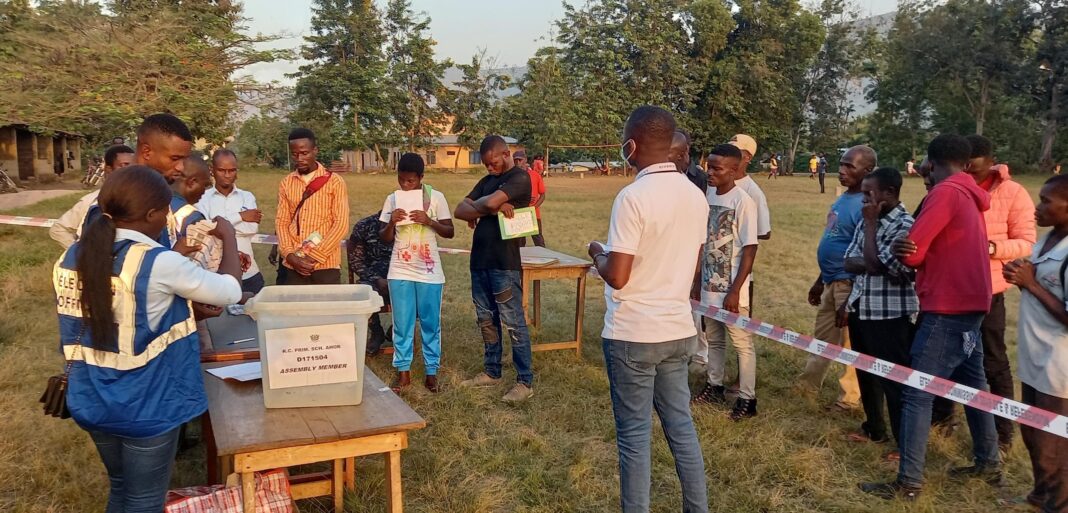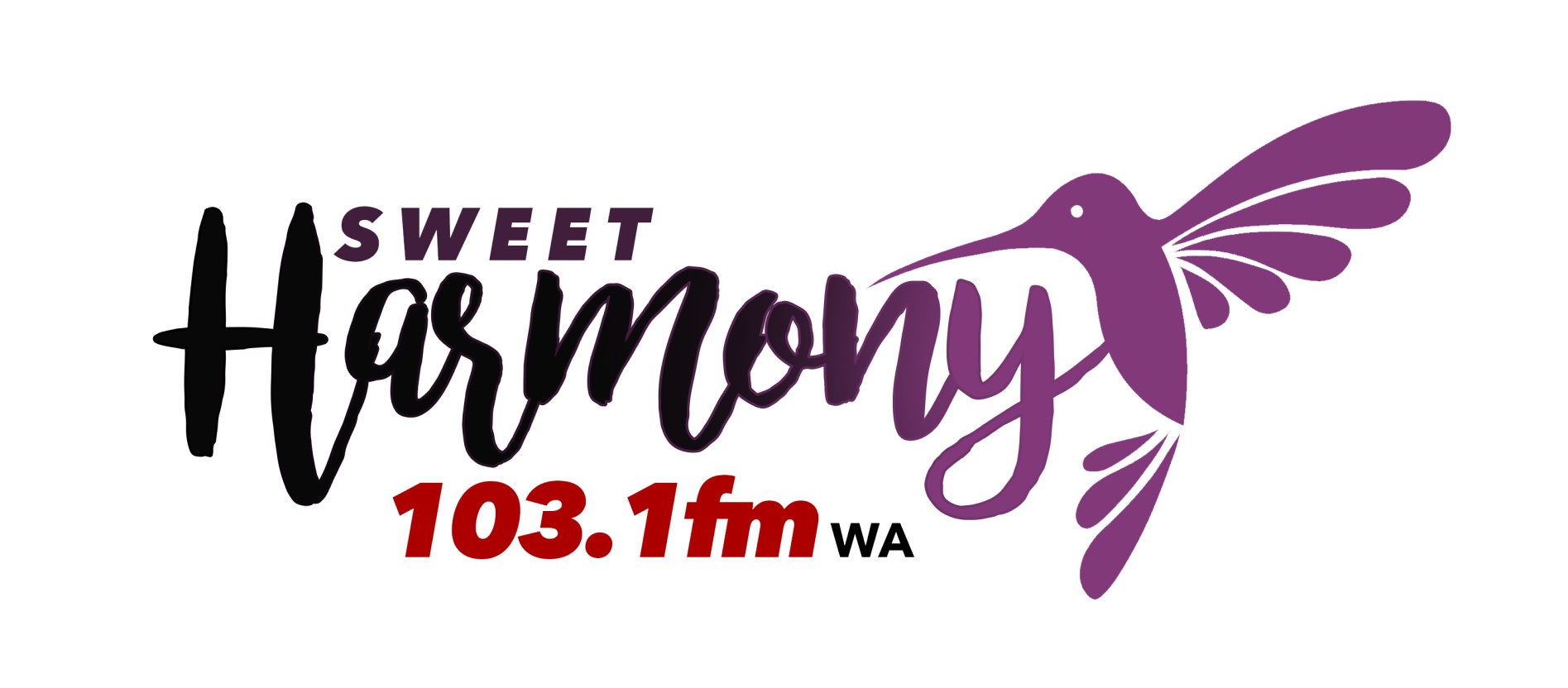Voting in this year’s District Level Elections (DLE) ended at 1700 hours nationwide.
It took place in 6,215 electoral areas across 216 metropolitan, municipal, and district assemblies except the Nkoranza North and South in the Bono East Region.
Earlier in the day, the Electoral Commission rescheduled voting in some electoral areas in the Eastern and Ashanti regions over technical issues.
This is the eighth time Ghanaians went to the polls to elect their local level representatives since the country opted for a democratic rule in 1992.
The last DLE held in the country was in November 2019-four years ago, while the first to the sixth elections were in 1988/89, 1994, 2002, 2006, 2010 and 2015.
According to the District Assembly Elections Act, DLE are to be held every four years and shall be held at least six months apart from parliamentary elections.
Over 66,000 candidates contested for the District Assembly and Unit Committee positions in this year’s elections.
The EC’s data indicate that a total of 18,755 Assembly member aspirants and 47,502-unit committee member aspirants, totaling 66,257, stood for the elections.
Out of the 18,755 Assembly member elections, 17, 474 were males representing 94 percent, whilst the females were 1,106, representing six per cent.
Also, out of the 47,502-unit committee aspirants, 40,923 were males, representing 88 per cent and the females were 5,413, representing 11.6 per cent.
The exercise, since its inception in 1988, has always been met with voter apathy and lack of enthusiasm though it has been touted as one of the best platforms for citizens to participate actively in selecting their local representatives.
Data shows that in 1998/89 when the DLE commenced, voter turnout was 59.3 per cent. However, in 1994, the figure reduced drastically to 29.3 per cent.
It jumped up again from 29.3 to 41.6 per cent in 2002.
Unfortunately, whatever measures that were put in place in 2002 could not be sustained and this led to a decline in the numbers in 2006.
The voter turnout for that year was 33.1 per cent.
In 2010, the turnout increased slightly to 35.5 per cent and decreased again to 30.6 per cent in 2015.
The low participation of women has also been one of the woes associated with this election.
In today’s exercise, some electoral areas recorded relatively long queues in the Greater Accra region and other parts of the country, but many more areas reported low turnouts.
Many organisations, including the Ghana Journalists Association days to the election called on the electorate to go out and vote.
GNA
District Level Elections: Voting ends nationwide



